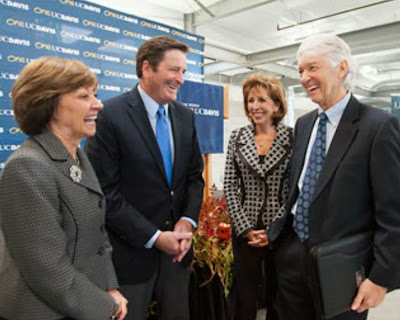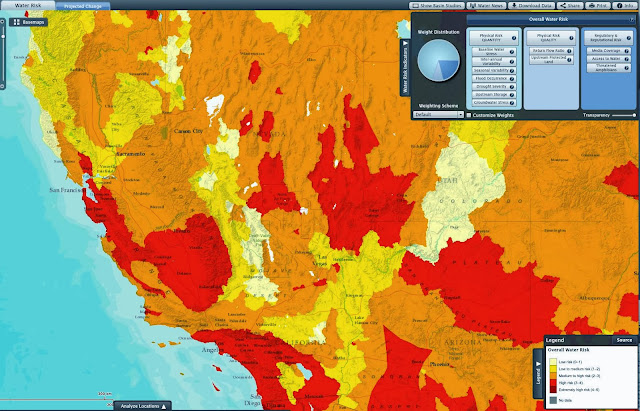Date Season Finishing up After Weather Issues
Weather Challenges Hurt Quality
 “This week we are getting the bags down and cutting the fruit arms in the trees, and cleaning up equipment, ” said Ron Hill with Royal Medjool Date Gardens, Winter Haven. “ The last dates were harvested last week and we are trimming up our young trees and getting ready for next season.”
“This week we are getting the bags down and cutting the fruit arms in the trees, and cleaning up equipment, ” said Ron Hill with Royal Medjool Date Gardens, Winter Haven. “ The last dates were harvested last week and we are trimming up our young trees and getting ready for next season.”















